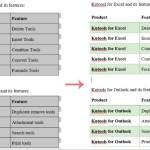Key Features and Improvements in Windows 11 by Microsoft
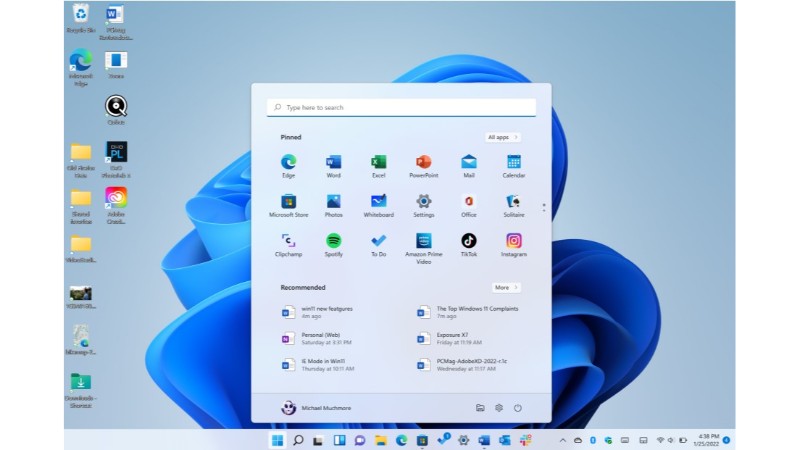
Windows 11 began its rollout as a PC upgrade on October 4, 2021, with availability extending into mid-2022, as stated by Microsoft. This timeline accommodates the verification of compatibility across diverse PC configurations. It’s advisable to ensure your PC meets Windows 11 requirements before upgrading. For ongoing updates and tips, refer to PCMag’s Windows 11 coverage.
Key Features of Windows 11:
Revamped Design:
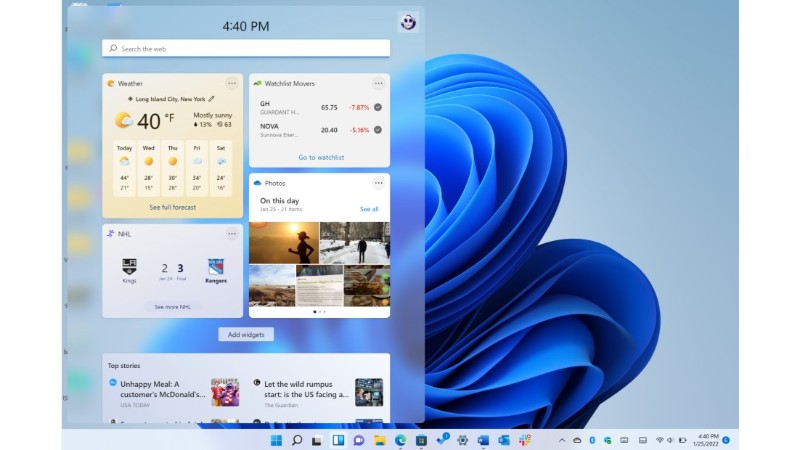 Windows 11 introduces centered Taskbar icons and smaller, similar to Chrome OS, while maintaining the Start button’s traditional position. It features rounded window corners, echoing macOS aesthetics, despite the continued presence of slim Taskbar buttons.
Windows 11 introduces centered Taskbar icons and smaller, similar to Chrome OS, while maintaining the Start button’s traditional position. It features rounded window corners, echoing macOS aesthetics, despite the continued presence of slim Taskbar buttons.
Fluent Design Evolution:
The update enhances transparency, animations, and iconography. New materials like Acrylic, Mica, and Smoke enhance focus and adapt to dark mode for a consistent appearance.
Widgets: Windows 11 revitalizes desktop widgets with a personalized AI-powered feed, integrating seamlessly with Edge. Future updates promise expanded widget functionality and third-party content integration.
Snap Layouts:
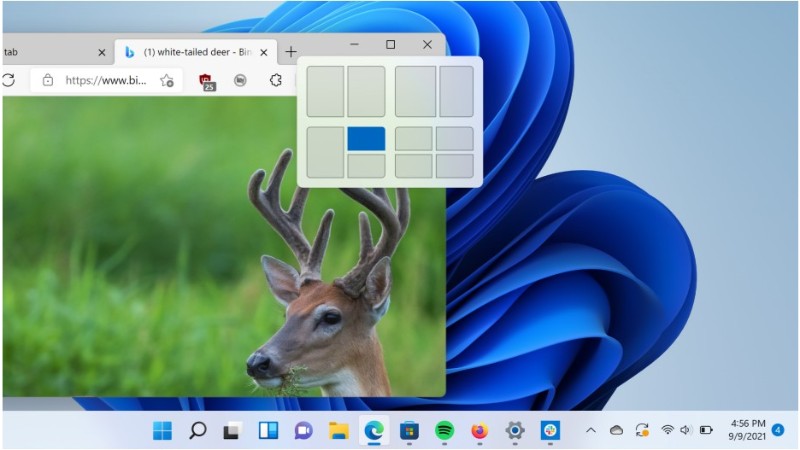 This feature offers versatile window arrangements, easily saved and accessed, enhancing multitasking efficiency.
This feature offers versatile window arrangements, easily saved and accessed, enhancing multitasking efficiency.
Updated Apps:
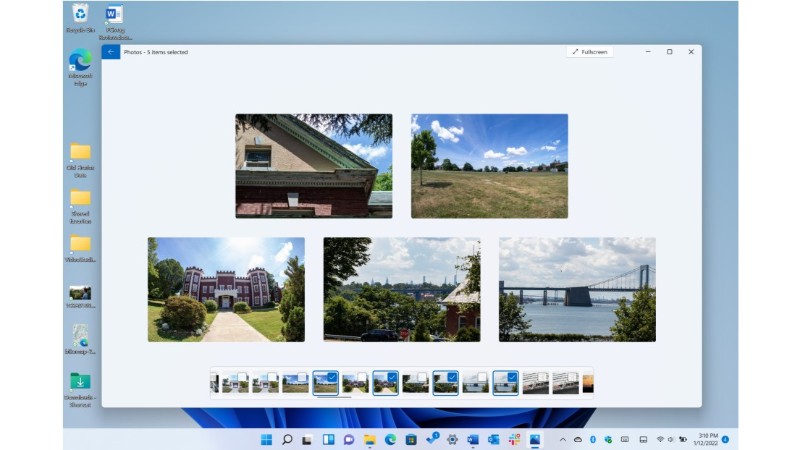 Key applications such as Paint, Photos, and Notepad, among others, receive design updates and new functionalities. Notably, the Clock app introduces Focus Sessions for productivity, and the Photos app gains advanced editing features.
Key applications such as Paint, Photos, and Notepad, among others, receive design updates and new functionalities. Notably, the Clock app introduces Focus Sessions for productivity, and the Photos app gains advanced editing features.
Media Player:
Replacing Groove, the new app supports FLAC and 4K, underscoring the system’s multimedia enhancements.
Settings Overhaul:
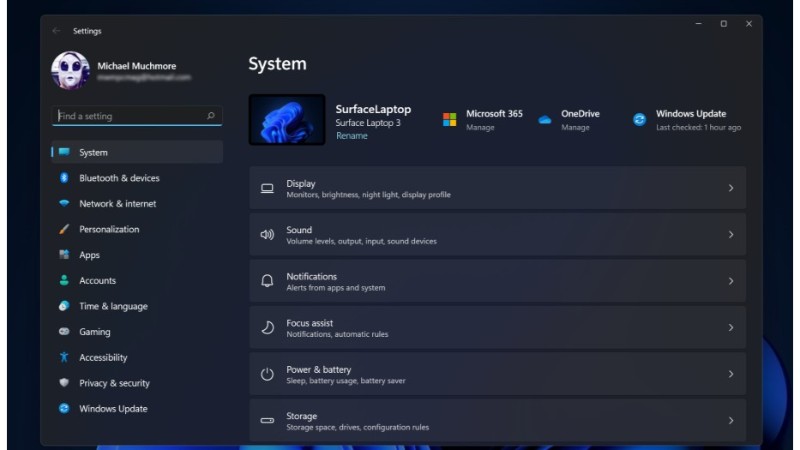 The Settings app is redesigned for easier navigation, maintaining the comprehensive options available in Windows 10.
The Settings app is redesigned for easier navigation, maintaining the comprehensive options available in Windows 10.
Multiple Desktops:
Windows 11 allows for distinct backgrounds on virtual desktops, facilitating work-personal separation. Snap Layouts are also desktop-specific.
Teams Integration:
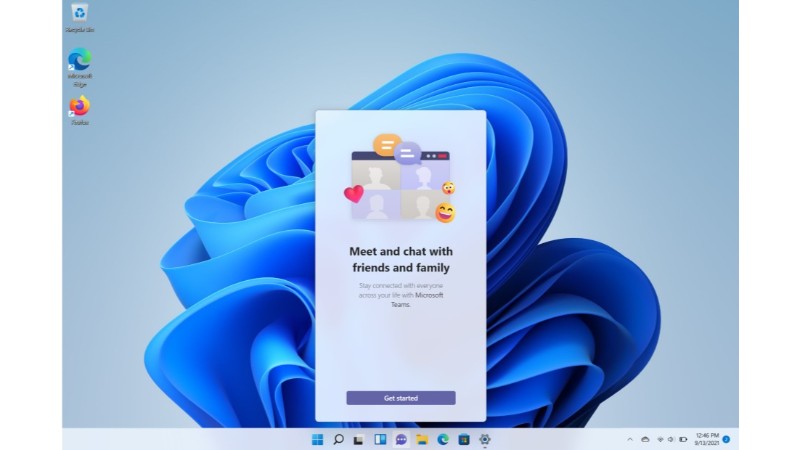 With significant growth in its user base, Teams is now more accessible in Windows 11, supporting cross-platform functionality and SMS integration.
With significant growth in its user base, Teams is now more accessible in Windows 11, supporting cross-platform functionality and SMS integration.
Tablet Mode and Docking:
The system optimizes for tablet use without a distinct Tablet mode, offering intuitive touch interactions and improved peripheral support.
This concise overview highlights Windows 11‘s significant changes, emphasizing its design evolution, productivity enhancements, and broader app and feature updates.


